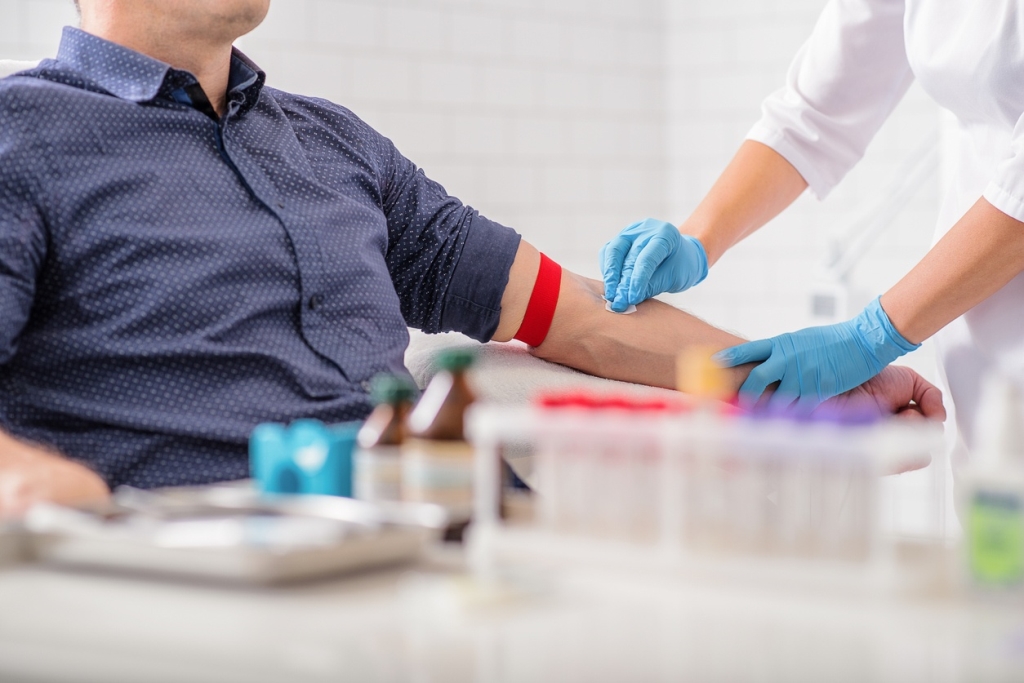Mastering Phlebotomy Skills: Essential Tips & Trends for Today’s Lab Professionals
in the dynamic world of healthcare, phlebotomy stands as a cornerstone skill for laboratory professionals. Whether you’re a seasoned technologist or a new entrant in the medical field,mastering precise and efficient blood collection techniques is vital for accurate diagnostics and patient safety. This thorough guide explores essential tips, current trends, and practical insights to help you excel in phlebotomy and stay ahead in today’s fast-evolving laboratory environment.
Why mastering Phlebotomy is Crucial for Lab Professionals
Effective phlebotomy skills are more than just drawing blood-they involve patient care, adherence to safety protocols, and ensuring specimen integrity. Proper technique minimizes patient discomfort, reduces the risk of sample contamination, and enhances diagnostic accuracy. As laboratory professionals, staying updated with best practices and technological advancements ensures you deliver reliable results and higher patient satisfaction.
Essential Skills for Mastering Phlebotomy
To become proficient in phlebotomy, certain core skills and qualities are indispensable:
- Knowledge of Anatomy and Physiology: Understanding vein structures and circulation patterns aids in successful blood draws.
- Excellent Patient Communication: Explaining procedures calmly fosters trust and cooperation.
- Technical Precision: Properly handling needles and equipment avoids complications.
- Infection Control Compliance: Adhering to OSHA guidelines ensures safety for patients and staff alike.
- Attention to Detail: Accurate labeling and documentation prevent errors.
- Physical dexterity and Fine Motor Skills: Steady hands contribute to successful vein puncture.
Practical Tips to Enhance Phlebotomy Skills
Preparation and Planning
- Verify patient identity thoroughly before collection.
- Gather all necessary equipment: gloves, tourniquet, needles, tubes, alcohol swabs, and bandages.
- Assess the patient’s vein condition and choose the most suitable puncture site.
Execution of Blood Draw
- Use the correct needle size based on patient characteristics.
- Apply the tourniquet properly to avoid hematoma formation.
- Insert the needle at a 15-30 degree angle with smooth, controlled movements.
- Fill collection tubes in the recommended order to prevent cross-contamination.
- Release the tourniquet before removing the needle to reduce discomfort.
Post-Procedure Care
- Apply pressure to the puncture site immediately after needle withdrawal.
- Properly dispose of sharps and contaminated materials.
- Label specimens accurately and promptly record the procedure details.
- Provide patient aftercare instructions and reassurance.
Benefits of Excelling in Phlebotomy
| Benefit | Impact |
|---|---|
| Improved Patient Experience | Reduces discomfort and anxiety during blood collection. |
| Enhances Diagnostic Accuracy | Ensures high-quality, uncontaminated specimens. |
| reduces Procedure Errors | Minimizes need for repeat draws and delays. |
| Increases Professional Confidence | Builds trust with colleagues and patients alike. |
current Trends and Innovations in Phlebotomy
staying abreast of modern trends is vital for health practitioners aiming to provide the best patient care and maintain efficiency. Here are some notable developments:
1. Automation and Phlebotomy Devices
The integration of automated blood collection systems reduces manual handling, improves accuracy, and speeds up processing times. Devices with safety features also minimize needlestick injuries.
2. Point-of-Care Testing (POCT)
Portable testing devices allow for immediate results at the patient’s bedside, requiring skillful blood collection and sample handling for accurate outcomes.
3. Simulation and Virtual Training
high-fidelity simulators and online modules enhance training experiences for new phlebotomists, promoting skill development without patient risk.
4.Emphasis on Patient-centered Approaches
Techniques focusing on reducing pain and anxiety, such as butterfly needles and alternative site selection, are gaining popularity.
Case Study: Overcoming Challenging Venipuncture Challenges
A 45-year-old patient with fragile, small veins presented a challenge for blood collection.The phlebotomy technician employed the following strategies:
- Utilized a butterfly needle for better control.
- Selected the median cubital vein after palpation.
- Applied a warm compress to promote vein dilation.
- Maintained steady, gentle insertion technique to avoid vein collapse.
- Ensured proper patient communication to reduce anxiety.
This approach resulted in a successful blood draw, highlighting the importance of adaptability and skilled technique in challenging cases.
First-Hand Experience: Learning from Practice
Many lab professionals find their skills improved considerably through hands-on practice and continuous education. Attending workshops, seeking feedback, and staying current with industry standards empower practitioners to refine their techniques and incorporate innovative practices into daily routines.
Conclusion
Mastering phlebotomy skills is a vital component of being a competent and efficient laboratory professional. By focusing on essential techniques, embracing current trends, and continually enhancing your knowledge, you can provide safer, more comfortable experiences for patients while ensuring the accuracy and reliability of laboratory results. Whether you’re starting your journey or looking to elevate your expertise, staying committed to best practices and ongoing learning will keep you ahead in the evolving landscape of healthcare diagnostics.
Ready to enhance your phlebotomy skills? Consider enrolling in advanced training courses, exploring the latest equipment, and staying engaged with professional communities. Your dedication to mastery not only benefits your career but also makes a lasting impact on patient care and diagnostic excellence.
